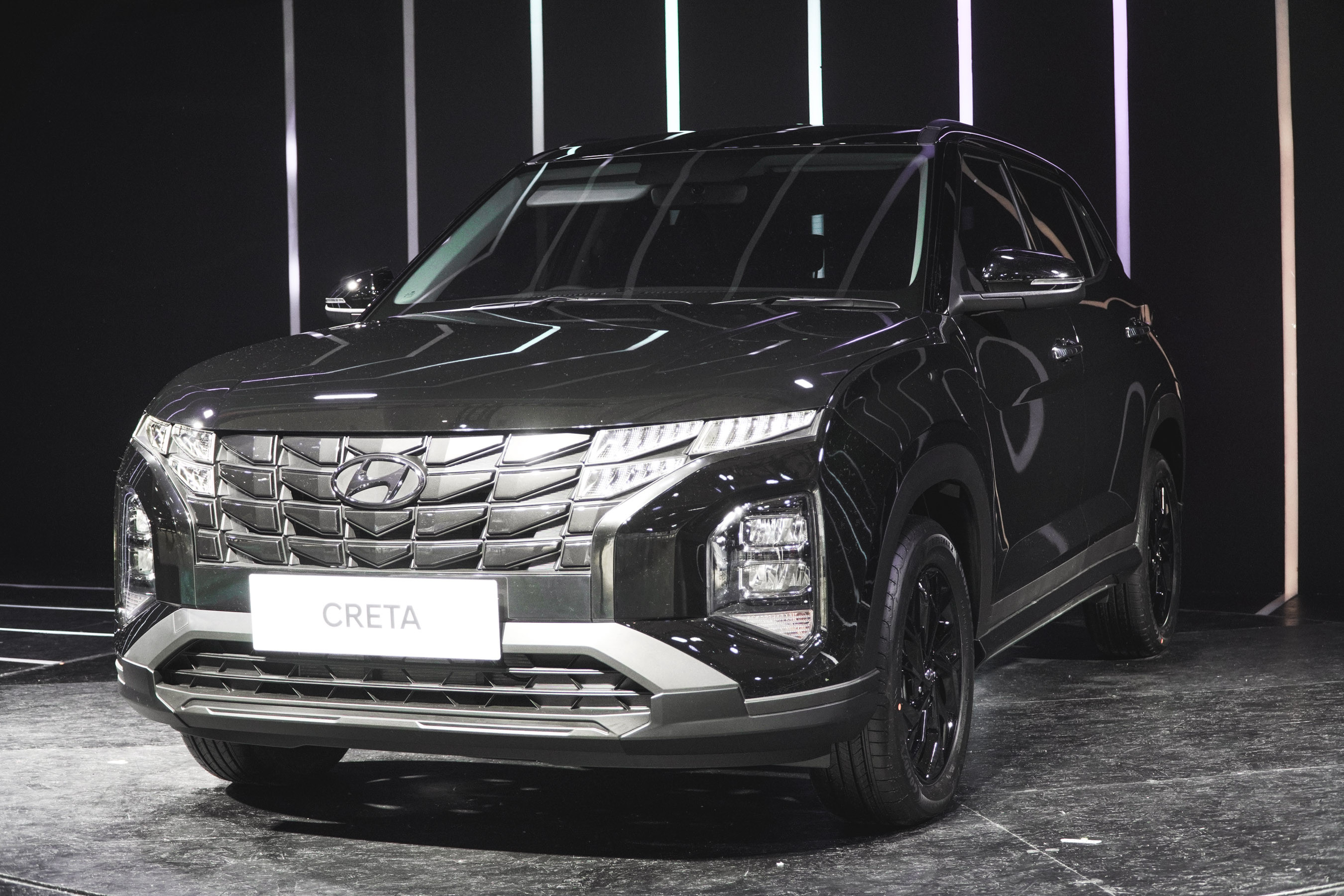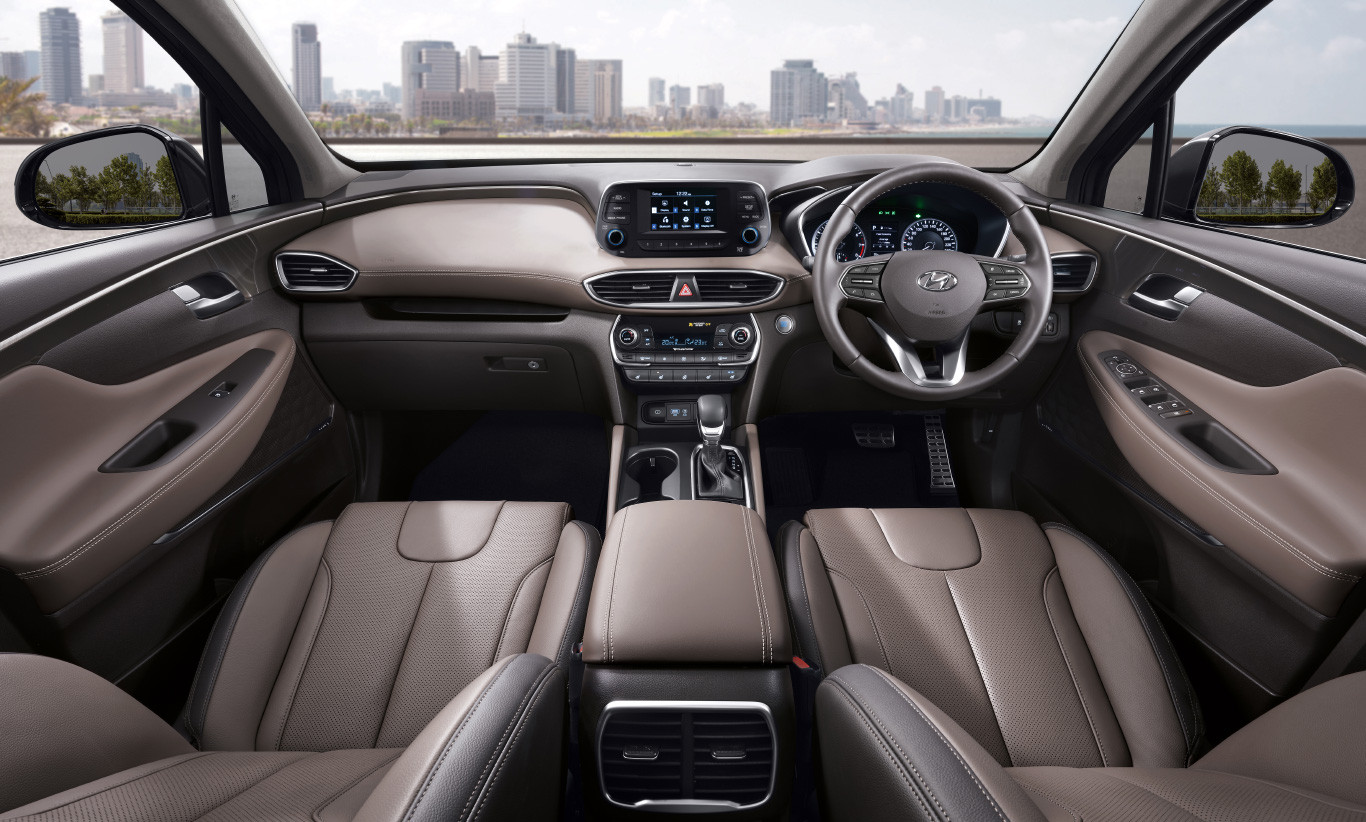Your Personal Glow: Crafting the Perfect Skin Color Palette

Last week, I had this delightful "aha" moment at a beauty workshop. The presenter asked everyone to swap foundations with the person next to them – chaos ensued! We all looked like we'd had unfortunate encounters with fake tan or bleach. The room erupted in laughter. That's when it hit me: we've been thinking about skin color all wrong. It's not just about being "light" or "dark" – it's an intricate palette unique to each of us.
The Mystery of What Lies Beneath
Think of your skin as a canvas with multiple layers of color. The surface tone is what you see immediately, but underneath lurks your undertone – the secret sauce that determines why certain colors make you look like a goddess while others... well, not so much. I spent years wondering why that "universally flattering" coral lipstick made me look like I was fighting off a cold!
If you're finding yourself in a similar predicament, you might want to check out this skin color palette tool I recently discovered. It's been a game-changer for many of my clients who struggled to identify their undertones. The digital analysis helps cut through the confusion that can happen with varying lighting and personal biases when trying to assess your own coloring.
Undertones: The Holy Grail of Complexion Understanding
Let's break it down simply. There are three main undertone categories:
Cool undertones: Think pink, red, or bluish hues. Cool people typically have blue veins, burn easily, and look smashing in silver jewelry.
Warm undertones: These have peachy, golden, or yellow hints. Warm folks usually have greenish veins, tan rather than burn, and gold jewelry makes them glow.
Neutral undertones: The lucky ones! They're a balanced mix that can swing both ways. Their veins appear blue-green, and both silver and gold jewelry looks equally fetching.
I once had a client – let's call her Emma – who insisted she was warm-toned because her friend said so. After a quick jewelry test, we discovered she was actually cool-toned. The moment she switched to cool-toned makeup? Magic happened. She texted me that three people asked if she'd had "work done" because she suddenly looked so refreshed!
DIY Detective Work: Finding Your Undertone
Want to crack your own code? Try these at-home tests:
The Vein Check: Look at your wrists under natural light. Bluish-purple veins? You're likely cool. Greenish? Probably warm. Both? Hello, neutral!
The White Paper Test: Hold a white sheet of paper against your bare face. Does your skin look yellowish or greenish against it? You're warm. Pinkish or bluish? That's cool. Can't really tell? Neutral it is.
The Jewelry Test: This is my favorite. Grab some silver and gold jewelry. Which makes your skin pop? If silver brings you to life, you're cool. Gold? Warm. Both look equally fab? Neutral, you versatile thing!
I still laugh about my own "undertone awakening." For years, I wore warm-toned foundations because I thought my olive skin demanded it. Turns out, I'm actually neutral with a slight cool lean. No wonder I always looked slightly jaundiced in photos!
Building Your Color Kingdom
Once you've nailed your undertone, the fun begins. Here's a quick cheat sheet:
Cool undertones rock with jewel tones: emeralds, sapphires, true reds, fuchsias, and icy pastels. My cool-toned friend Sarah wore an emerald dress to a wedding and literally stopped conversations – the color made her skin look like porcelain.
Warm undertones shine in earthy, spicy hues: oranges, warm reds, golden yellows, olive greens. My warm-toned colleague Jake switched his shirts from blue to rust-colored, and suddenly his perpetually "tired" look vanished.
Neutral undertones can generally wear it all but excel in mid-tones: teal, burgundy, soft white, dusty rose. They're the chameleons of the color world.
Remember though – these aren't prison rules! I've seen cool-toned people rock a warm orange by pairing it strategically. It's about balance, not restriction.
Foundation: The Great Undertone Battlefield
Let me share a professional secret: when makeup artists talk about foundation matching, we're actually mostly concerned with undertone alignment. You can sometimes fudge depth a bit, but the wrong undertone? That's how you get the dreaded mask effect or that bizarre floating face phenomenon in photos.
I still cringe remembering a bride whose makeup artist gave her a warm foundation when she was clearly cool-toned. In every photo, her face looked like it had been Photoshopped onto her body. Not exactly the timeless wedding album she'd hoped for!
Beyond the Face: Your Whole Look
Your undertone doesn't stop at makeup – it extends to your entire wardrobe and even hair color. That's why some people can rock platinum blonde while others look washed out in it. Or why certain people look incredible in black while others seem to age ten years when wearing it.
I had a delightful 60-year-old client who complained that since going gray, she felt invisible. We discovered she was warm-toned and had been wearing cool silver-gray hair and lots of black clothing. When she switched to a warmer champagne-gray hair color and swapped her blacks for chocolate browns? She started getting compliments left and right.
The most liberating part of understanding your skin color palette is that it eliminates about 50% of bad purchasing decisions. Imagine walking into a store and immediately knowing which section is likely to work for you. Talk about shopping efficiency!
When Rules Are Meant to Be Broken
Here's where I might differ from some beauty experts: I think rules are guidelines, not gospel. Love a color that's "wrong" for you? Wear it anyway – just maybe not right next to your face, or pair it with a more flattering hue.
My cool-toned sister absolutely loves warm orange – theoretically her worst color. Her solution? Orange shoes and bags, never tops. She gets her fix without looking sickly. Smart cookie!
The point of understanding your personal glow isn't to restrict your choices – it's to empower them. When you know the rules, you can break them intentionally rather than blundering into unfortunate color situations.
At the end of the day, confidence trumps any color theory. I've seen people wear their "worst" colors with such conviction that somehow, magically, they made it work. That said, why make things harder for yourself? Work with your natural palette, and you're already halfway to looking your absolute best.
And remember, lighting changes everything! What looks perfect in daylight might shift under fluorescent office lights or candlelit restaurants. That's why I always recommend testing foundation in multiple lighting scenarios before committing – a lesson I learned after an unfortunate stint with a foundation that looked natural in-store but decidedly orange in daylight. My colleagues were too kind to mention it, but the photographic evidence remains unfortunately clear!
Speaking of lighting – have you noticed how everyone looks better at sunset? That warm golden hour light is universally flattering, which is why photographers and filmmakers prize it so highly. If only we could carry that lighting with us everywhere...



